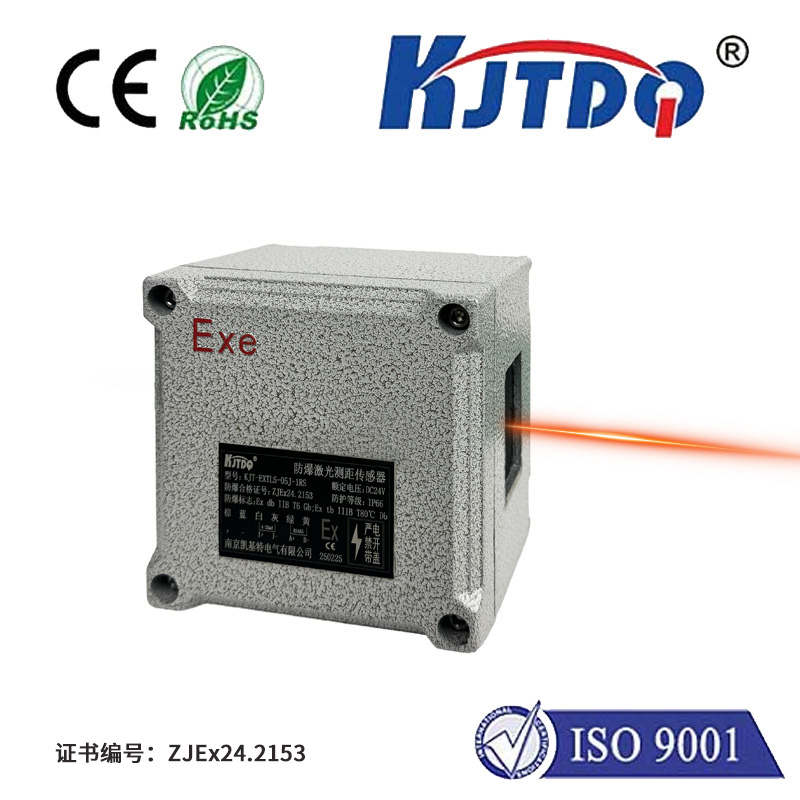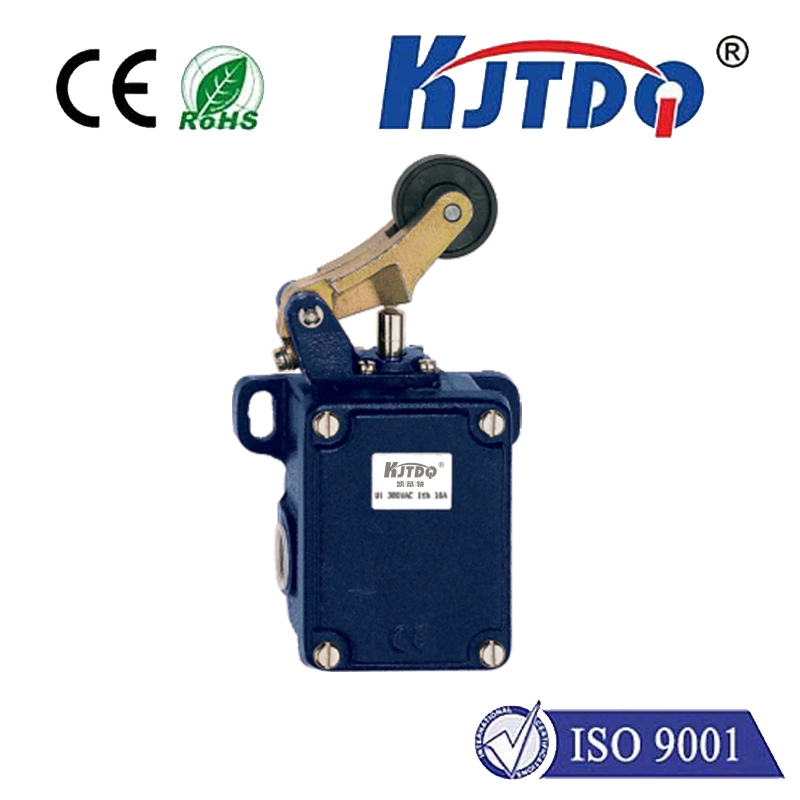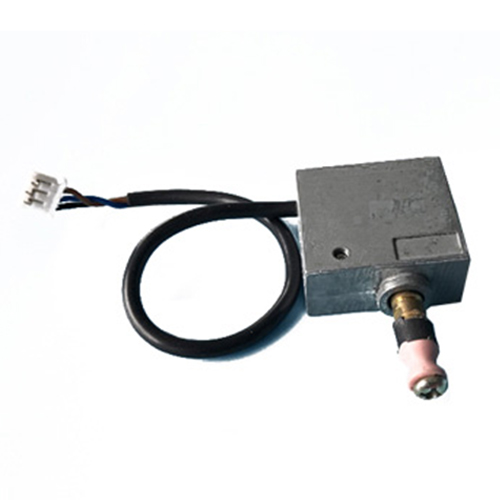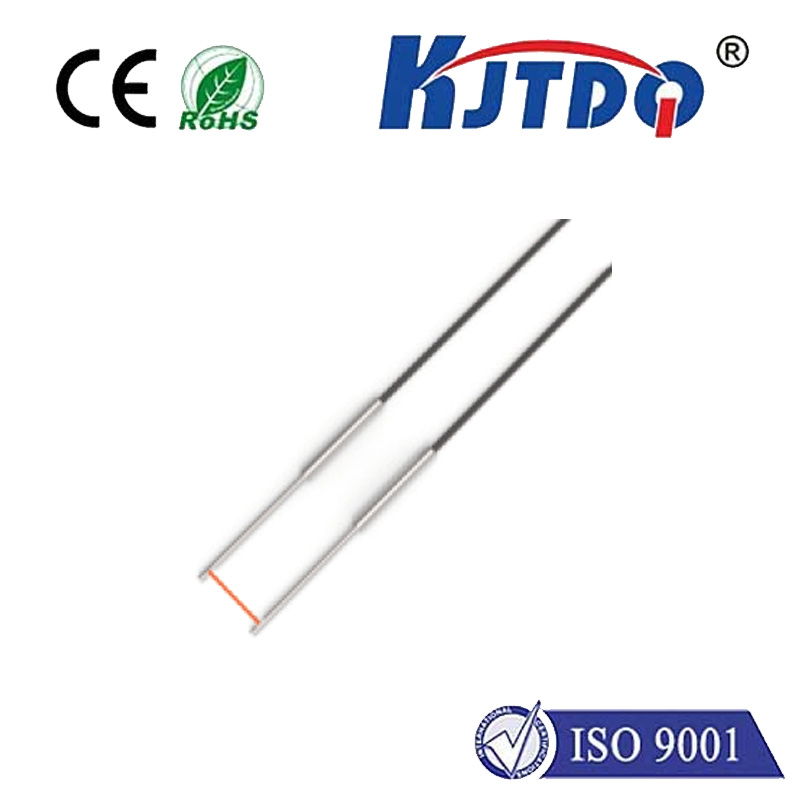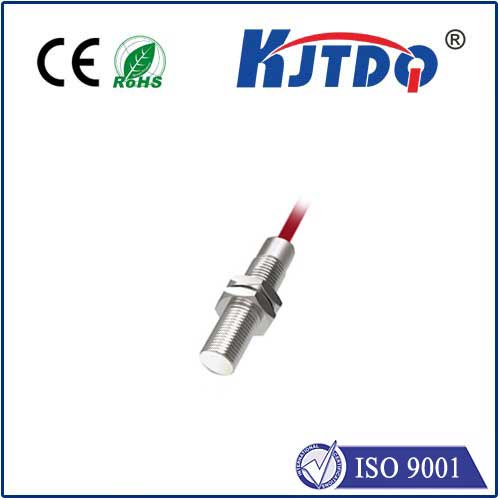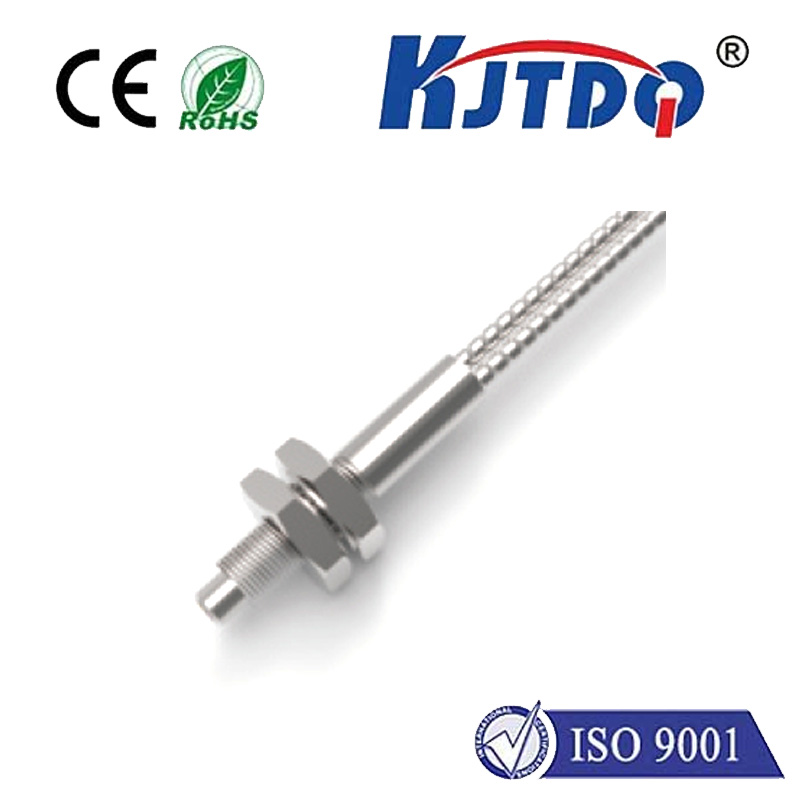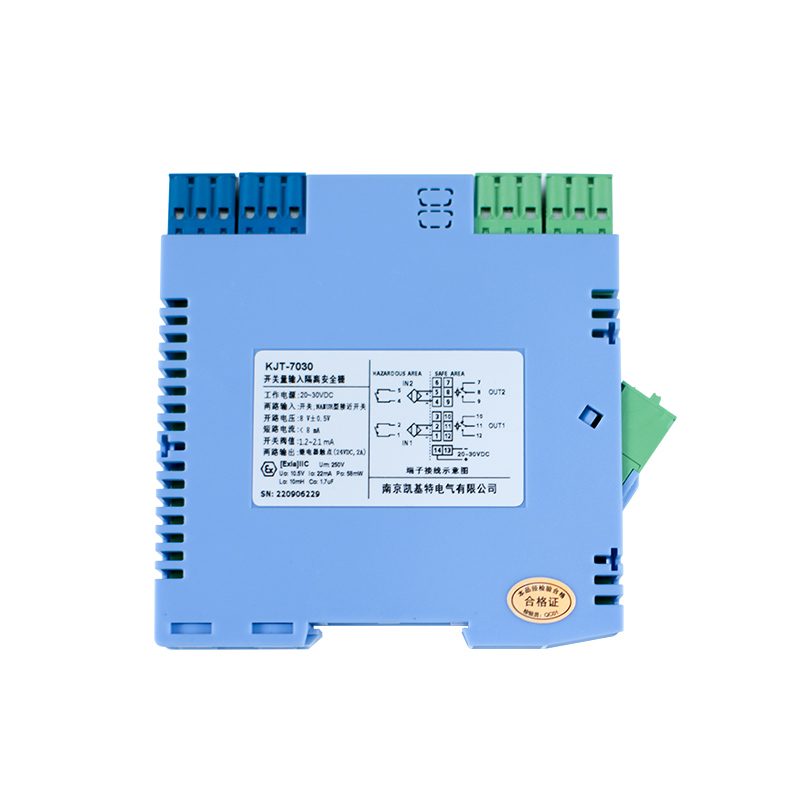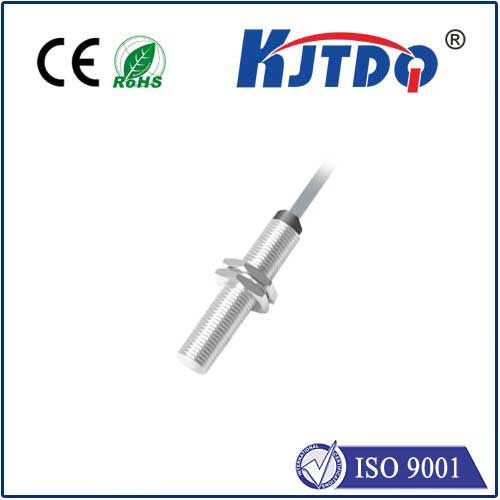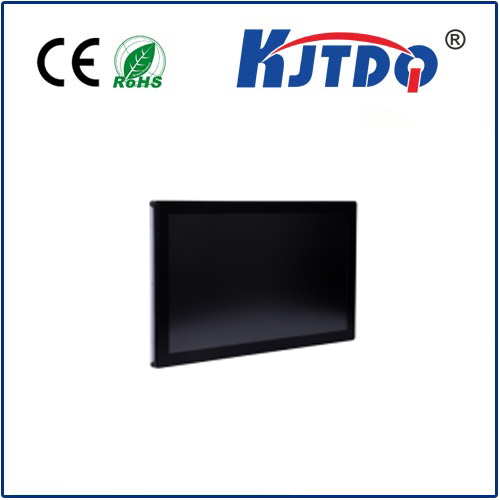

check

check

check

check

check

check

check

check

check

check
The world of technology is constantly evolving, and one area that has seen significant advancements is in the realm of photo sensors. These devices have become increasingly important in a variety of industries, from automotive to medical. However, with so many options available on the market, it can be difficult to determine which photo sensor is right for your needs and what you should expect to pay for it. In this comprehensive guide, we will explore the factors that influence photo sensor prices and help you make an informed decision when purchasing one.
Firstly, it's important to understand what exactly a photo sensor is and how it works. A photo sensor, also known as a light-dependent resistor (LDR), is a device that detects changes in light intensity and converts them into electrical signals. These signals can then be used by various systems to trigger specific actions or measurements. Photo sensors come in different types, including analog, digital, and color sensors, each with its own unique features and applications.

When considering the price of a photo sensor, several factors come into play. One of the most significant is the type of sensor being purchased. As mentioned earlier, analog, digital, and color sensors are all available but vary in complexity and functionality. Generally speaking, more advanced sensors with higher resolutions or faster response times will be more expensive than their simpler counterparts. Another factor that affects price is the brand and quality of the sensor. Higher-end brands often command premium prices due to their reputation for reliability and performance.
In addition to these factors, the intended application of the photo sensor can also impact its cost. For example, if you need a sensor for a critical task such as medical imaging or industrial automation, you may be willing to pay more for a high-quality product that meets strict standards and regulations. On the other hand, if you're using a photo sensor for a less critical application, such as lighting control in your home, you may prefer a more budget-friendly option.
It's also worth noting that installation costs can add up quickly if you're not comfortable working with electronics. Many photo sensors require soldering and careful handling during installation, so unless you have experience with electronics or access to professional help, it's essential to factor in the potential additional expenses associated with getting your new sensor up and running.
Finally, don't forget about ongoing maintenance and replacement costs when considering the overall price of a photo sensor. Like any electronic component, photo sensors can eventually fail or become outdated as technology advances. By choosing a reputable brand and keeping up with regular maintenance checks, you can extend the lifespan of your sensor and minimize future expenses.
In conclusion, understanding the factors that influence photo sensor prices is crucial when making a purchase decision. By considering factors such as type, brand, application, installation costs, and ongoing maintenance, you can ensure that you select a sensor that meets both your needs and your budget constraints while still delivering reliable performance over time.
